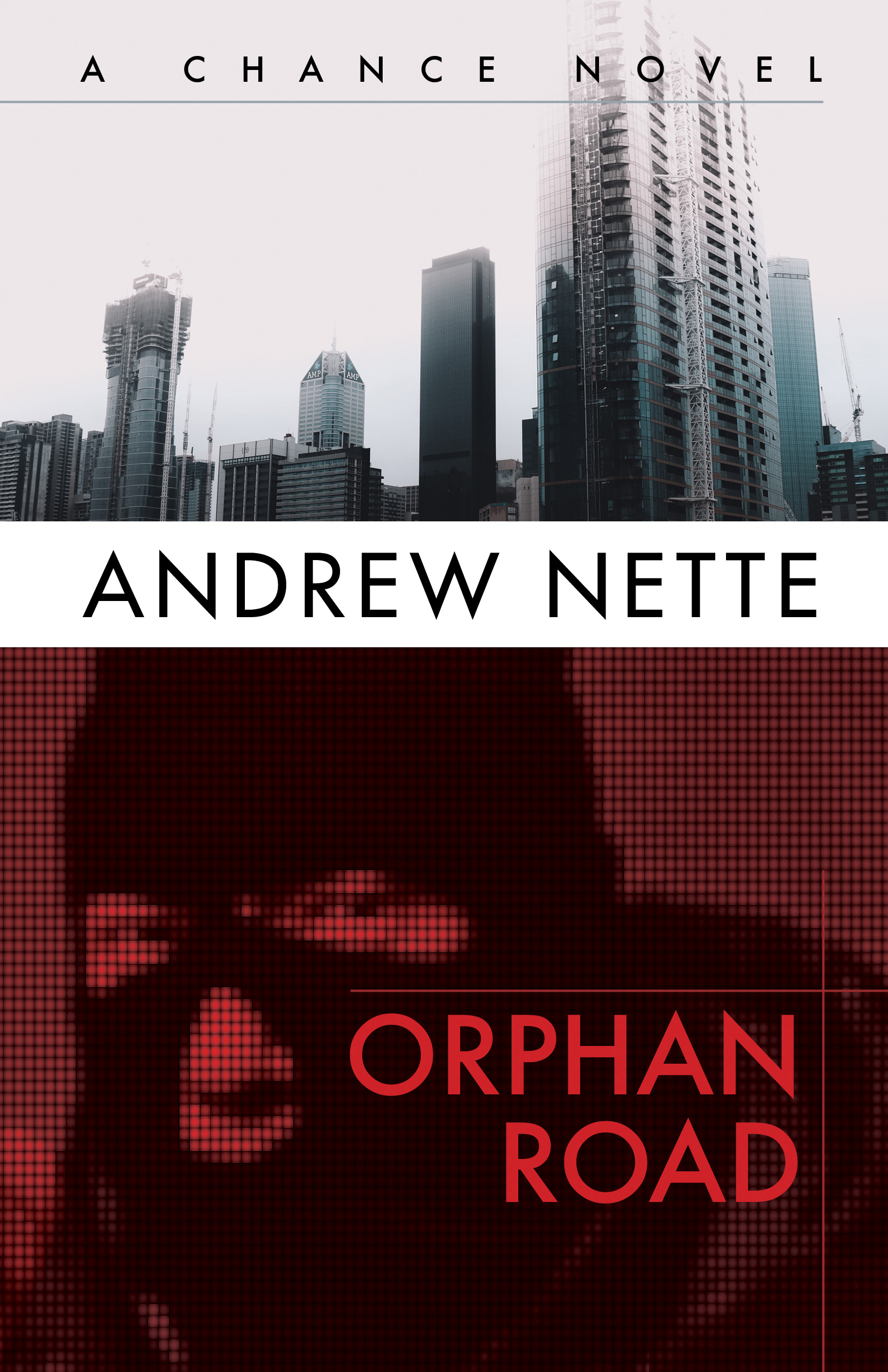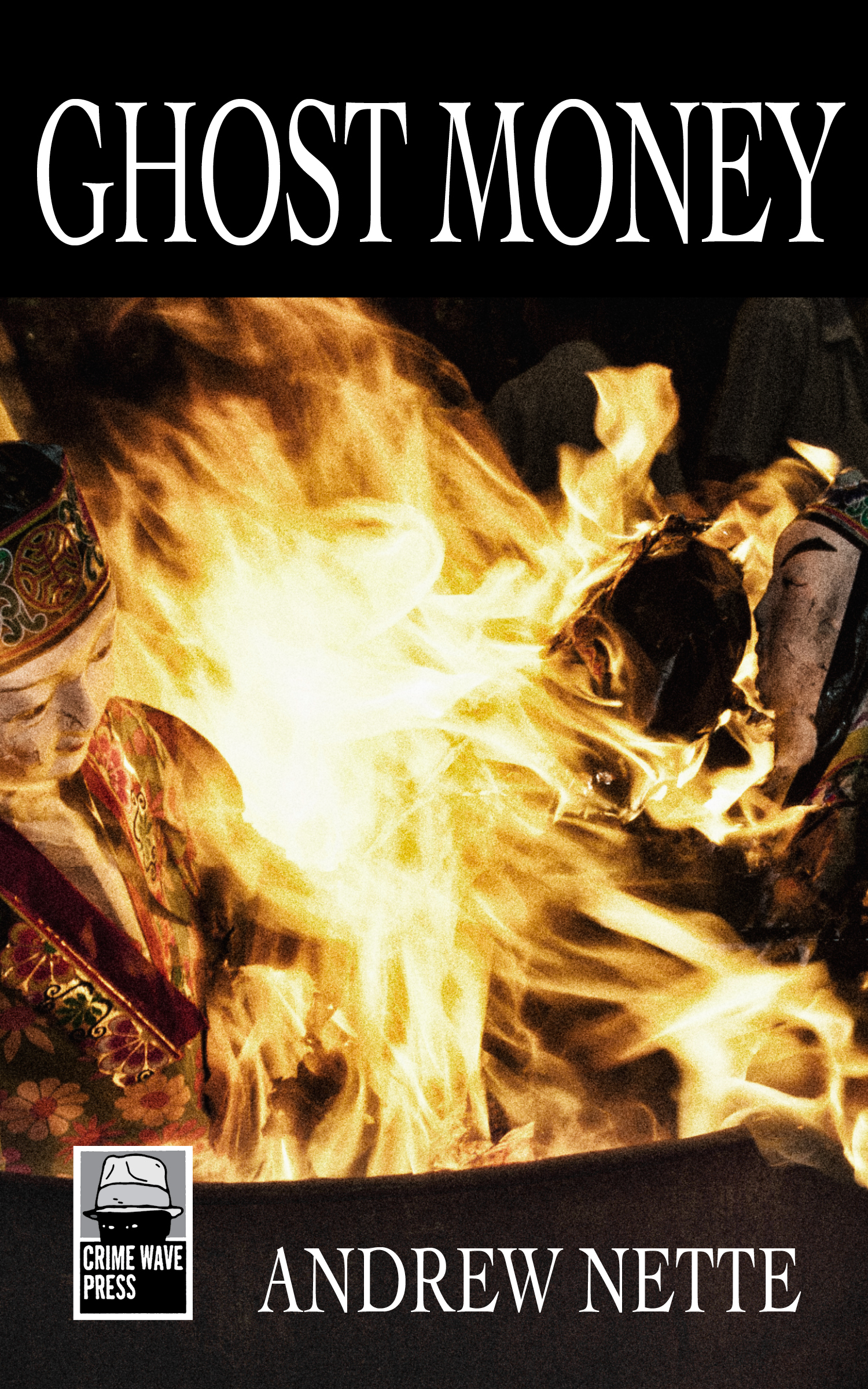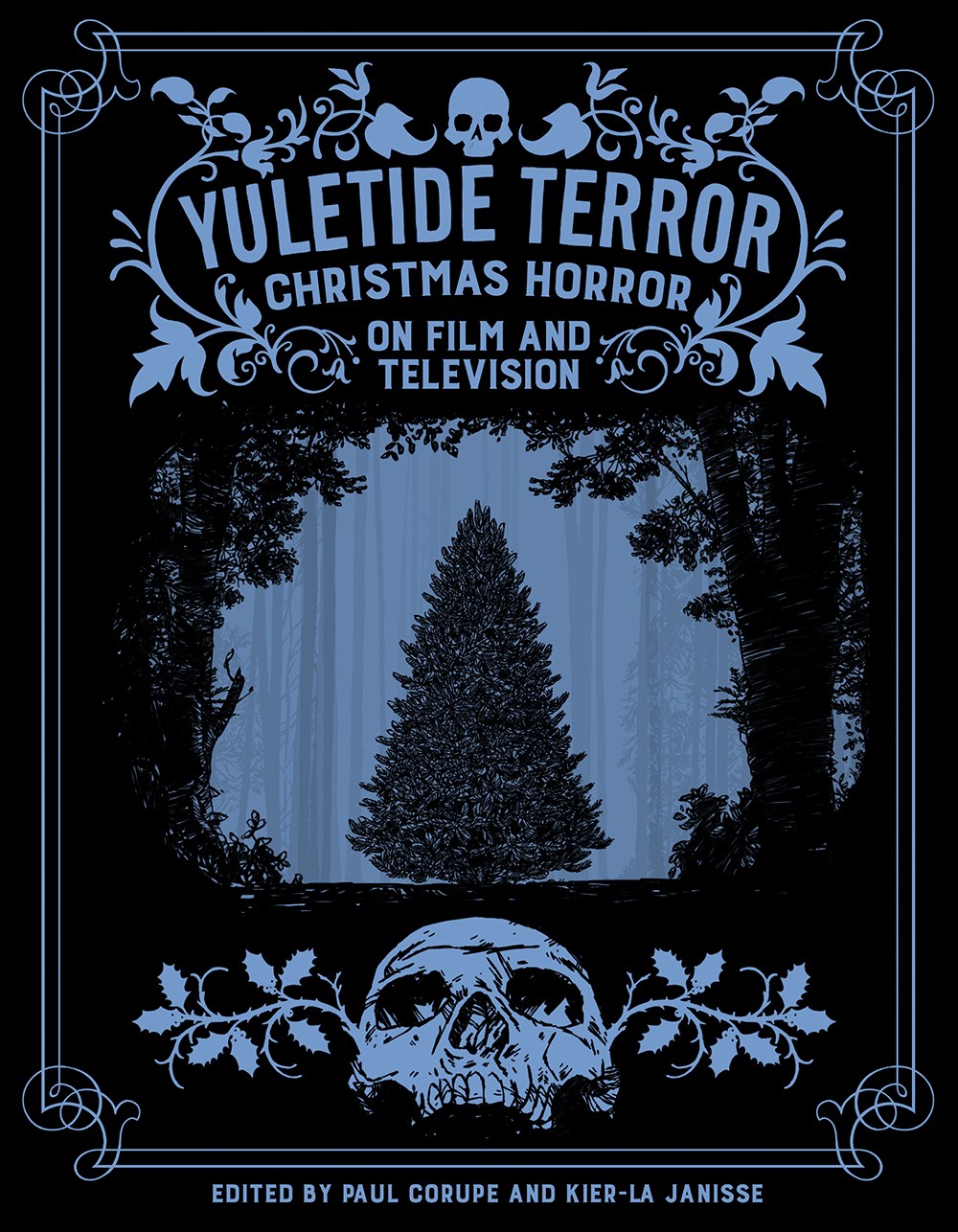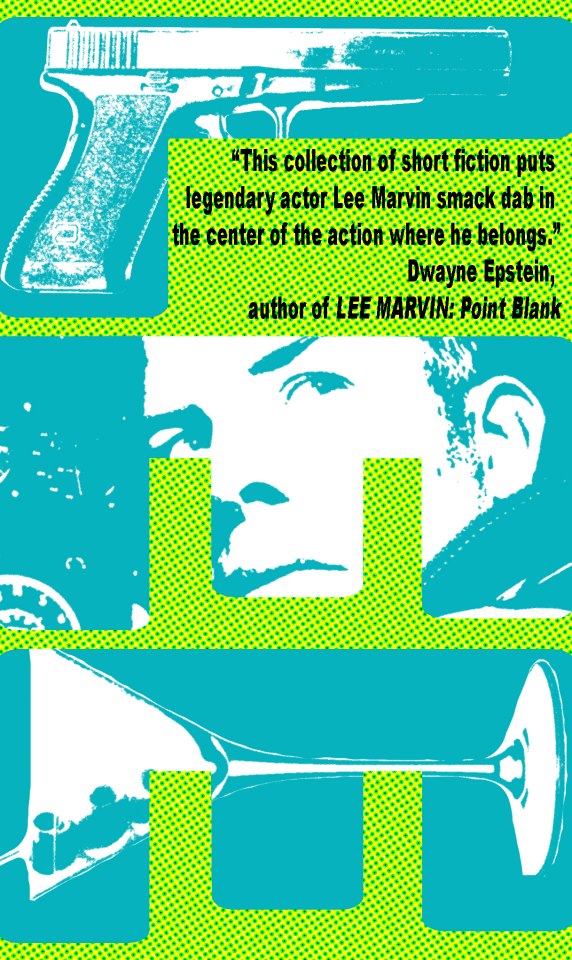Search
-
Recent Posts
- Dishing up Pulp Curry in a new way: why I am starting a Substack newsletter
- Book reviews: Deadly dames, midcentury Brit pulp and 1970s science fiction
- Mackenna’s Gold (1969): Gold, Ghosts and Frontier Violence
- Orphan Road book launch
- Orphan Road now available
- Pre-orders open for my new novel, Orphan Road
- Cover reveal: Orphan Road, my follow up to Gunshine State
- Breakfast in the Ruins podcast: New English Library Bikermania
- Why 1973 was the year Sidney Lumet took on police corruption
- Men’s Adventure Quarterly: Gang Girls issue
Categories
- 1960s American crime films
- 1970s American crime films
- 1980s American crime films
- 1990s American crime films
- Adrian McKinty
- Albert Dekker
- Andre De Toth
- Angela Savage
- Angie Dickinson
- Anthony Zerbe
- Asian noir
- Australian crime fiction
- Australian crime film
- Australian noir
- Australian popular culture
- Australian pulp fiction
- Australian television history
- Ava Gardner
- Beat culture
- Belmont Tower Books
- Ben Wheatley
- Billie Whitelaw
- Black pulp fiction
- Blaxsploitation
- Book cover design
- Book Reviews
- British crime cinema
- British pulp fiction
- Bryan Brown
- Burt Lancaster
- Carter Brown
- Charles Durning
- Charles Willeford
- Chester Himes
- Christopher G Moore
- Christopher Lee
- Cinema culture
- Claude Atkins
- Coronet Books
- Crawford Productions
- Crime Factory
- Crime Factory Publications
- Crime fiction
- Crime fiction and film from Africa
- Crime fiction and film from Cambodia
- Crime fiction and film from China
- Crime fiction and film from India
- Crime fiction and film from Indonesia
- Crime fiction and film from Japan
- Crime fiction and film from Laos
- Crime fiction and film from Latin and Central America
- Crime fiction and film from Malaysia
- Crime fiction and film from New Zealand
- Crime fiction and film from Scandinavia
- Crime fiction and film from Singapore
- Crime fiction and film from South Korea
- Crime fiction and film from Thailand
- Crime fiction and film from the Philippines
- Crime Fiction and film set in Vietnam
- Crime film
- Dangerous Visions and New Worlds Radical Science Fiction 1950 to 1985
- David Goodis
- David Peace
- David Whish-Wilson
- Derek Raymond
- Diana Dors
- Dirk Bogarde
- Don Siegel
- Don Winslow
- Donald Westlake aka Richard Stark
- Dystopian cinema
- Ernest Borgnine
- Eurocrime
- Fawcett Gold Medal Books
- Femme fatale
- Fernando Di Leo
- Filipino genre films
- Film Noir
- Forgotten Melbourne
- French cinema
- French crime fiction
- Garry Disher
- Gene Hackman
- George V Higgins
- Georges Simenon
- Ghost Money
- Giallo cinema
- Gil Brewer
- Girl Gangs, Biker Boys and Real Cool Cats: Pulp Fiction & Youth Culture, 1950-1980
- Gloria Grahame
- Gold Star Publications
- Gregory Peck
- Gunshine State
- Heist films
- Horror
- Horwitz Publications
- Humphrey Bogart
- Ian Fleming
- Interviews
- Ira Levin
- James Caan
- James Crumley
- James Ellroy
- James Hadley Chase
- James Woods
- Jim Brown
- Jim Thompson
- Joel Edgerton
- John Frankenheimer
- Joseph Losey
- Karen Black
- Kerry Greenwood
- Kinji Fukasaku
- Larry Kent
- Laura Elizabeth Woolett
- Lee Marvin
- Leigh Redhead
- Lindy Cameron
- M Emmet Walsh
- Mad Max
- Mafia
- Malla Nunn
- Martin Limon
- Megan Abbott
- Melbourne International Film Festival
- Melbourne Writers Festival
- Men's Adventure Magazines
- Michael Caine
- Michael Fassbender
- Mickey Spillane
- Monarch Books
- Ned Kelly Awards
- Neo Noir
- New English Library
- Newton Thornburg
- Noir Con
- Noir fiction
- Non-crime reviews
- Oren Moverman
- Orphan Road
- Ozsploitation
- Pan Books
- Parker
- Paul Newman
- Peter Boyle
- Peter Corris
- Peter Strickland
- Peter Yates
- Poliziotteschi
- Pulp fiction
- Pulp fiction in the 70s and 80s
- Pulp fiction set in Asia
- Pulp Friday
- Pulp paperback cover art
- Qui Xiaolong
- Raymond Chandler
- Richard Burton
- Richard Conte
- Robert Aldrich
- Robert Mitchum
- Robert Ryan
- Robert Stone
- Rock Hudson
- Roger Smith
- Rollerball
- Rosaleen Norton
- Roy Scheider
- Rural noir
- Sam Levene
- Sam Peckinpah
- Samuel Fuller
- Science fiction and fantasy
- Scripts Publications
- Sidney Lumet
- Sidney Poitier
- Simon Harvester
- Snowtown
- Snubnose Press
- Spies
- Stanley Baker
- Sterling Hayden
- Steve McQueen
- Sticking it the the Man Revolution and Counter Culture in Pulp and Popular Fiction 1950 1980
- Stuart Rosenberg
- Tandem Books
- Tart noir
- Tartan Noir
- Ted Lewis
- Toni Johnson Woods
- True crime
- Vicki Hendricks
- Victor Mature
- Vintage mug shots
- Vintage pulp paperback covers
- Wallace Stroby
- War film
- Westerns
- William Friedkin
- Woody Strode
- Yakuza films
- Yaphet Kotto
Nothing but noir
Recommended reading
The lurid world of pulp
- 20th century Danny Boy
- American Pulps
- Bear Alley
- Bloody, Spicy, Books
- Comics Down Under
- Everything second hand
- Existential Ennui
- Greenleaf Classic Books
- Irv O. Neil's Erotica is My Trade
- Killer Covers
- Lost Classics of Teen Lit 1939-1989
- Luminist Archives
- Men's Pulp Mags
- Mporcius Fiction Log
- Murder, Mayhem and Long Dogs
- Neglected Books
- Nocturnal Revelries
- Paperback Warrior
- Paperbacks of the Gods
- Pop Sensation
- Pulp artists
- Pulp Covers
- Pulp Crazy
- Pulp Flakes
- Pulp International
- Pulp Magazines Project
- Pulp Serenade
- Realms of the Night
- Romance Fiction Has a History
- Rough Edges
- Sin Street Sleaze
- Spy Guys and Gals
- The department of Afro American Research Arts & Culture
- The Dusty Bookcase
- The Haunted World of Richard Sala
- The Moon Lens
- The Nick Carter & Carter Brown Blog
- The Pulp & Paperback Fiction Reader
- Too Much Horror Fiction
- True Pulp Fiction
- Vault of Horror
- Vintage Nurse Romance Novels
- Vintage Romance Novels
- Welcome to the Pan Paperback
- Yellow and Creased
Support This Site
If you like what I do please support me on Ko-fi
Tag Archives: Cleveland
Pulp Friday: Weird stories & terrifying tales
 A belated happy 2017 to Pulp Curry readers. I have had a very busy start to the year, with my PhD studies and various writing projects, hence the first post of the year has taken me a while to get around to.
A belated happy 2017 to Pulp Curry readers. I have had a very busy start to the year, with my PhD studies and various writing projects, hence the first post of the year has taken me a while to get around to.
The first Pulp Friday of 2017 is a stunning collection of horror themed 1960s pulp titles by Horwitz Publications. These are a mixture of titles I own and books from other collectors.
While horror tales were a staple of American and British pulp fiction in the 1950s and 1960s, they failed to achieve similar popularity in Australia. Australia’s censorship regime – both at the state and federal levels – were far stricter and, as a result, our publishers were much more timid. According to Canberra based scholar, James Doig, horror never had the commercial appear amongst Australian pulp buyers of other genres, such as crime and romance.
That’s not to say there was a total absence of local horror pulp. Influenced by the US magazine Weird Tales, Currowong published a series of horror titles in the 1940s. And Cleveland and Horwitz published some novelettes and pocket books in the 1950s and 1960s.
The earliest Horwitz effort in the 1960s appears to be Weird Stories, published in 1961, part of an anthology series edited by Charles Higham, which was most likely a response to the very successful Pan Book of Horror Stories series that began to appear under the editorship of Herbert Van Thal in 1959.… Read more
Posted in 1970s American crime films, Australian popular culture, Australian pulp fiction, Horror, Horwitz Publications, Pulp fiction, Pulp Friday, Pulp paperback cover art
Tagged Australian horror pulp, Chales Higham, Cleveland, Currowong, Frank Benier, Herbert Van Thal, Horwitz Publications, James Doig, James Workman, Kay Keavney, Pan Pulp
Pulp Friday: Sinquake
“Mike Brand’s most sinister adversary – Cyn Boudin, high priestess with a lust for power.”
Today’s Pulp Friday offering is a wonderful piece of forgotten Australian pulp, Sinquake by Gene Janes.
Sinquake was produced by little known local pulp publisher and distributor, Calvert Publishing After Horwitz Publications and Cleveland, Calvert may well have been one of Australia’s largest publisher of paper backs in the fifties and sixties. Calvert published the Carl Dekker ‘On the Spot’ mystery series, as well as a large number of Westerns, war and romance novels.
There’s no publication date for Sinquake but it was probably released some time in the early to mid-sixties, before the introduction of decimal currency in 1966. The cover was supplied to me courtesy of local pulp collector, Graeme Flanagan.
Sinquake features Mike Brand, an Australian trouble-shooter for the British secret service. I’ll let the back cover blurb explain the rest.
“The Soviet was using the enormous appeal of BLACK MAGIC, with its terrifying rites and orgies, together with the sensual and seductive beauty of “SIN” – Mademoiselle Cynbarra Boudin, the high priestess of the Cult’s British circle, to ensnare top political and diplomatic figures into compromising situations.
With recent scandals as a blue-print, the political stability of the Free World is threatened by moral chaos.… Read more
Interview: Australian pulp fiction historian Toni Johnson Woods
 Dr Toni Johnson Woods is someone I’ve been keen to interview on this blog for a while now.
Dr Toni Johnson Woods is someone I’ve been keen to interview on this blog for a while now.
A Research Fellow at University of Queensland, she is passionate about Australian books. Not just capital ‘L’ literature, but the local mass produced pulp fiction of the forties, fifties and early sixties, the existence of which has all but disappeared from our collective cultural memory.
Her commitment to the cause of local pulp includes having listened to hours of popular radio serials (Carter Brown Mystery Theatre and Larry Kent’s I Hate Crime), scanned thousands of pulp fiction covers and read every nearly all 300 Carter Brown novels.
She very generously agreed to answer the following questions about her work by e-mail.
What attracted you to researching pulp fiction in the first place?
One very unremarkable day I was chatting with colleagues in the tearoom. As you can imagine our conversations are very lofty – not. I asked the most basic question: who is Australia’s most popular author.
Well, we batted that around for several minutes arguing about what “popular” means, i.e. best selling, most widely read, most known author. All of these things are not the same. The discussion then turned to what is an Australian author, i.e. someone who was born in Australia?… Read more
Posted in Australian crime fiction, Australian pulp fiction, Carter Brown, Horwitz Publications, Interviews, Larry Kent, Pulp fiction, Toni Johnson Woods, Vintage pulp paperback covers
Tagged Alan G Yates, Bleeck Collection, Carter Brown, Cleveland, Erskine Caldwell, Gordon Clive Bleeck, Horwitz Publications, Larry Kent, Mickey Spillane, Signet, Toni Johnson-Woods




















